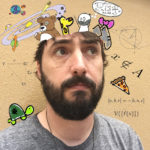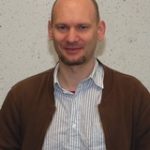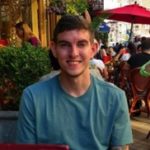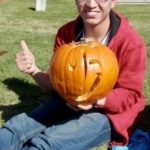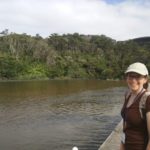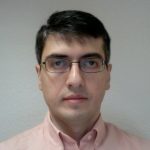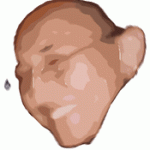Congruences for Level 1 cusp forms of half-integral weight
 Robert Dicks – University Illinois Urbana-Champaign
Robert Dicks – University Illinois Urbana-Champaign
Suppose that ℓ≥5 is prime. For a positive integer N with 4∣N, previous works studied properties of half-integral weight modular forms on Γ0(N) which are supported on finitely many square classes modulo ℓ, in some cases proving that these forms are congruent to the image of a single variable theta series under some number of iterations of the Ramanujan Θ-operator. Here, we study the analogous problem for modular forms of half-integral weight on SL2(ℤ). Let η be the Dedekind eta function. For a wide range of weights, we prove that every half-integral weight modular form on SL2(ℤ) which is supported on finitely many square classes modulo ℓ can be written modulo ℓ in terms of ηℓ and an iterated derivative of η.
